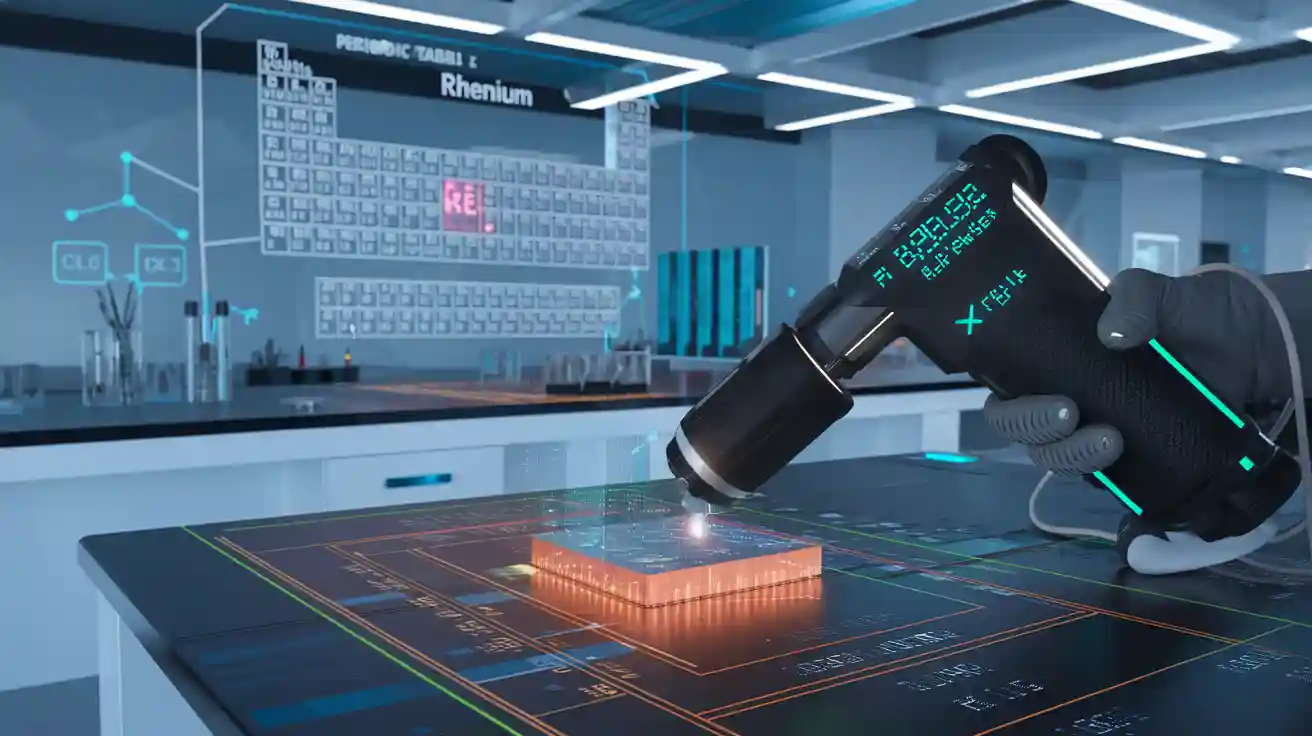
An XRF analyzer can find Rhenium if conditions are right. This device spots elements by checking their special X-ray signals. For example, research on nickel–rhenium coatings shows XRF works well. It can measure Rhenium amounts from 18.7% to 37.0%. Knowing Rhenium levels helps industries needing exact material details. Using this smart tool, you can detect Rhenium in tricky materials. It can also effectively detect rhenium in many precious metals.
Key Takeaways
An XRF analyzer can find Rhenium in different materials. This makes it important for industries needing accurate material checks.
Preparing samples correctly is very important. Clean and flat surfaces improve signal quality, giving better results.
New XRF analyzers with better detectors are more sensitive. They can find Rhenium even when it is in small amounts.
Using Certified Reference Materials (CRMs) helps get correct results. Updating calibration settings often keeps the analyzer accurate.
Knowing how other elements might interfere improves accuracy. Changing analyzer settings can fix these problems.
How an XRF Analyzer Works
Principles of X-ray Fluorescence
An XRF analyzer finds elements using X-ray fluorescence. High-energy X-rays excite atoms in a material. This excitement makes electrons leave the atom’s inner shells. When the atom calms down, it releases X-ray photons. These photons have energy levels unique to each element. The XRF analyzer reads these energy levels to identify and measure elements.
The device uses several main parts to do this:
Part | What It Does |
|---|---|
Creates high-energy X-rays, often with molybdenum or silicon tubes. | |
Sample holder | Holds the sample steady and protects it from X-rays. |
Detector | Collects the X-rays sent back; examples include silicon drift detectors and Geiger counters. |
Data processing | Software analyzes data and shows the sample’s elements. |
Elemental Detection and Identification
The XRF analyzer works in steps to find elements. First, it sends X-rays to the sample. The sample reacts by sending X-rays back to the detector. The detector measures these X-rays and creates a spectrum. This spectrum shows which elements are in the sample.
XRF can find both big and small amounts of elements. Big elements like silicon (Si) and iron (Fe) are easy to detect. Small elements like cobalt (Co) and nickel (Ni) can also be found, even in tiny amounts. This makes XRF useful for industries needing exact material details.
Element Type | Elements Found | |
|---|---|---|
Major Elements | Si, Ti, Al, Fe, Mn, Mg, Ca, Na, K, P | N/A |
Trace Elements | Ba, Ce, Co, Cr, Cu, Ga, La, Nb, Ni | A few parts per million |
Sensitivity and Precision in Measurements
Modern XRF analyzers are very sensitive and precise. New silicon drift detectors (SDDs) help find even tiny amounts of elements. Bigger SDDs, like 50 mm² ones, collect more signals. This increases sensitivity by 20-30% compared to smaller detectors.
These devices also save time. A 50 mm² SDD can cut measurement time by 40%. It still keeps the same sensitivity as a 30 mm² detector. This makes XRF analyzers great for fast and accurate results.
Metric | 30 mm² SDD | 50 mm² SDD | Improvement (%) |
|---|---|---|---|
Sensitivity | Baseline | 20-30% | 20-30% |
Measurement Time Reduction | Baseline | 40% | 40% |
By being fast, accurate, and non-destructive, XRF analyzers are reliable for many uses.
Detecting Rhenium with an XRF Analyzer
Rhenium’s Physical and Chemical Properties
Rhenium is a rare, valuable metal with special features. It has a very high melting point of 3,180°C (5,756°F). This makes it perfect for handling extreme heat. Rhenium is also very dense, at 21.02 g/cm³, which adds to its strength. It resists corrosion and stays stable in tough environments.
Rhenium is often mixed with other metals like tungsten or molybdenum. These mixtures make materials stronger and better at handling stress. Because of these traits, Rhenium is important in industries like aerospace, electronics, and chemical processing.
XRF’s Capability to Detect Rhenium
An XRF analyzer is great for finding Rhenium in materials. It works by spotting the unique X-ray signals from Rhenium atoms. These signals help the analyzer find Rhenium, even when mixed with other elements.
Modern XRF analyzers have advanced detectors like silicon drift detectors (SDDs) and silicon pin detectors (sipin). These detectors are very sensitive and precise. They can measure Rhenium in both large and small amounts. For example, industries use XRF to check Rhenium alloys or find it in gold mixed with tungsten.
XRF analyzers don’t damage samples during testing. This means you can check materials without changing them. It’s a reliable way to analyze materials safely.
Applications of Rhenium Detection in Industries
Finding Rhenium is important for many industries. Its special traits make it useful for tough jobs needing strength and heat resistance. Here’s how different industries use Rhenium:
Industry | Application | Performance Characteristics |
|---|---|---|
Aerospace | Turbine Engines | Handles high heat and pressure |
Rocket Nozzles | Resists heat stress, ensures success | |
Electronics | Electrical Contacts | Great conductivity, improves device reliability |
Semiconductor Manufacturing | Works well in high heat | |
Medical Devices | Surgical Instruments | Strong and resists corrosion |
Radiation Therapy | Durable and effective | |
Chemical Processing | Catalysts | Stable in heat, boosts reactions |
Corrosion-Resistant Equipment | Perfect for harsh chemicals | |
Automotive | Exhaust Systems | Resists heat and oxidation |
In aerospace, Rhenium ensures turbine engines and rocket nozzles work under extreme conditions. Electronics use Rhenium for reliable electrical contacts and semiconductors. Medical tools like surgical instruments benefit from its strength and corrosion resistance.
Chemical industries use Rhenium in catalysts and equipment that handle harsh chemicals. Car makers use it in exhaust systems to resist heat and oxidation.
Using an XRF analyzer to find Rhenium helps ensure materials are high-quality and perform well in demanding jobs.
Challenges in Detecting Rhenium with XRF
Low Concentration Detection Limits
Finding Rhenium in tiny amounts can be hard. If there’s very little Rhenium, its signals might not be clear. This happens because weaker signals come from smaller amounts of Rhenium. Measuring it accurately in trace amounts can be tough.
Using better detectors or longer testing times can help. These methods collect more data to spot Rhenium, even in small amounts. But you must balance accuracy and speed, especially for quick projects.
Interference from Other Elements
Other elements can make finding Rhenium harder. For example, tungsten and molybdenum have signals like Rhenium’s. These overlapping signals confuse the analyzer and make detection tricky.
To fix this, check the sample’s elements first. Knowing what’s in the sample helps you adjust the analyzer for better results. Calibration standards matching the sample can also reduce errors from overlapping signals.
Tip: For complex samples, read the manual or ask an expert to set up the analyzer correctly.
Sample Preparation Requirements
Getting the sample ready is very important for good results. Dirty, rough, or coated surfaces can mess up the signals. For instance, rough surfaces scatter X-rays, causing bad results.
Clean and smooth the sample before testing. Polishing or using a flat holder improves accuracy. For powders, press them into a flat pellet for better signals. These steps help the analyzer work properly.
Note: Handle samples carefully to avoid contamination, which can change the results.
Practical Tips for Using an XRF Analyzer
Picking the Right XRF Analyzer for Rhenium
Choosing the right analyzer helps find Rhenium accurately. Look for tools with high-resolution detectors. These detectors spot Rhenium in small amounts or mixed with tungsten. Advanced algorithms are also important. They solve problems like interference from gold or other elements.
Here’s a table of key features to check:
Feature | Why It Matters |
|---|---|
High-Resolution Detectors | Needed to detect Rhenium in low amounts or tungsten mixtures. |
FP Algorithm | Helps avoid errors caused by gold and improves element analysis. |
Advanced Algorithms | Useful for detecting elements without needing standard samples. |
Using an analyzer with these features ensures accurate results in tough situations.
Calibration and Standards for Better Accuracy
Calibration is key for finding Rhenium correctly. Use Certified Reference Materials (CRMs) for reliable measurements. CRMs help the analyzer stay accurate across different samples. For example, calibrations with many CRMs improve precision.
Statistical standards also help. Lower RMS and K-factor values mean better calibration. Testing a Nimonic alloy CRM shows this method works well. It ensures accuracy for both short-term and long-term use.
Tip: Update calibration settings often to keep results accurate.
Tips for Reliable Measurements
Follow these steps for the best results:
Prepare samples carefully. Clean and smooth surfaces give better signals. Press powders into flat pellets for testing.
Keep testing conditions steady. Avoid temperature changes or moving the analyzer during tests.
Maintain the analyzer regularly. Check parts like the detector and X-ray source. Replace worn-out parts to keep it working well.
These practices help your XRF analyzer work efficiently and detect Rhenium accurately.
An XRF analyzer helps find Rhenium in different materials. Its success relies on clean samples and avoiding interference. Proper calibration and careful handling improve accuracy. For tough tasks, ask experts or manufacturers for advice. These steps ensure precise and steady results.
FAQ
1. Can an XRF analyzer detect Rhenium in alloys?
Yes, it can. XRF analyzers find Rhenium in alloys by reading its special X-ray signals. They work well for checking materials like nickel superalloys or tungsten-rhenium blends.
2. Do you need to prepare samples before using an XRF analyzer?
Yes, preparing samples is very important. Clean and smooth surfaces give better results. For powders, press them into flat shapes. Good preparation makes measurements more accurate.
Tip: Keep samples clean to avoid errors during testing.
3. What industries benefit from detecting Rhenium with XRF?
Industries like aerospace, electronics, and chemical processing use Rhenium detection. XRF helps check material quality for turbine engines, electrical parts, and catalysts.
4. How accurate are XRF analyzers for Rhenium detection?
Modern XRF analyzers are very accurate. They use advanced detectors and software to measure Rhenium, even in tiny amounts or tricky mixtures.
5. Can XRF analyzers detect Rhenium in gold?
Yes, they can. XRF analyzers find Rhenium in gold alloys, even when mixed with tungsten. This helps check gold purity easily.
Note: Use proper calibration to get the best results for gold testing.

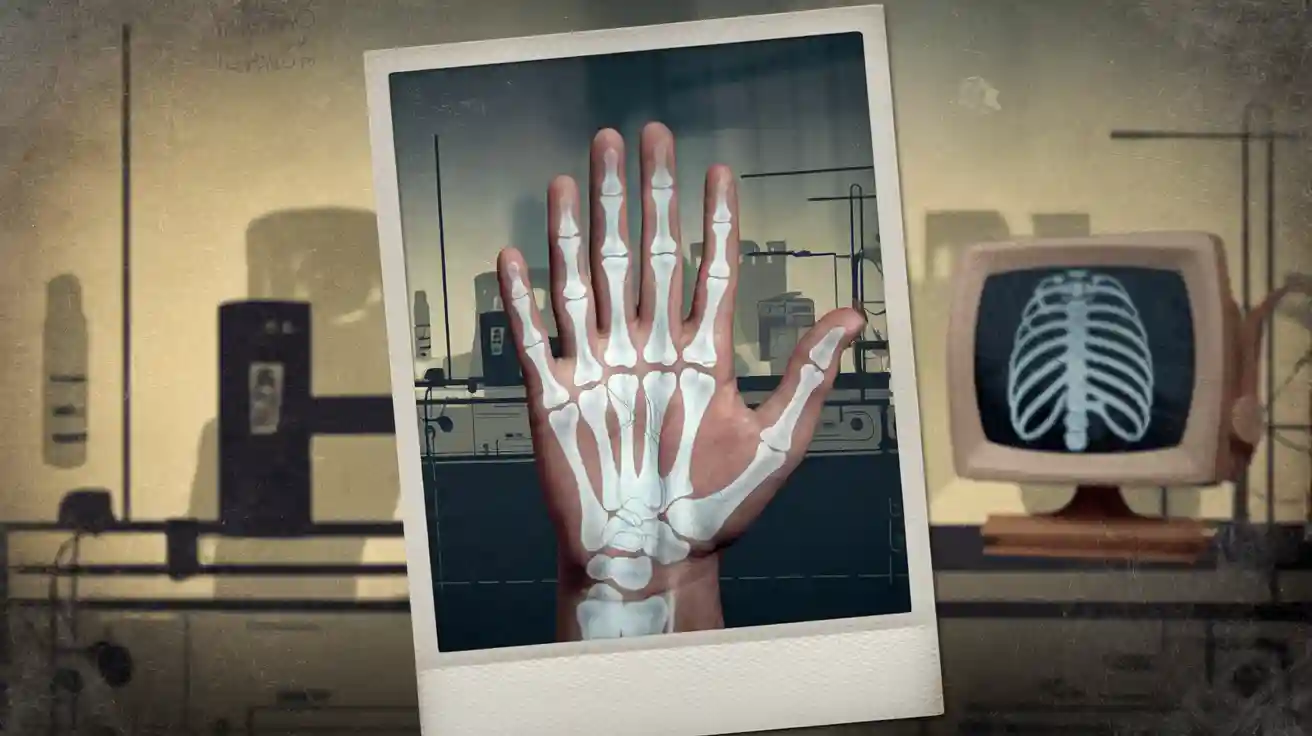

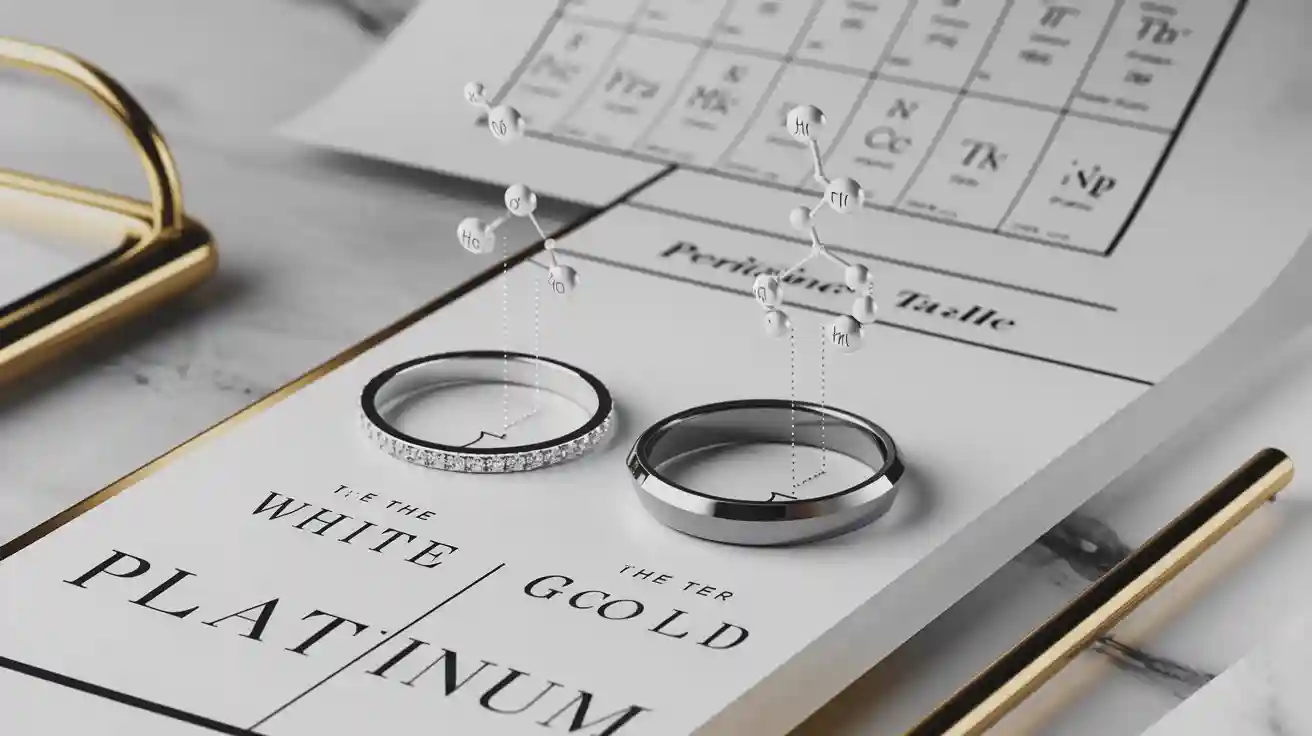
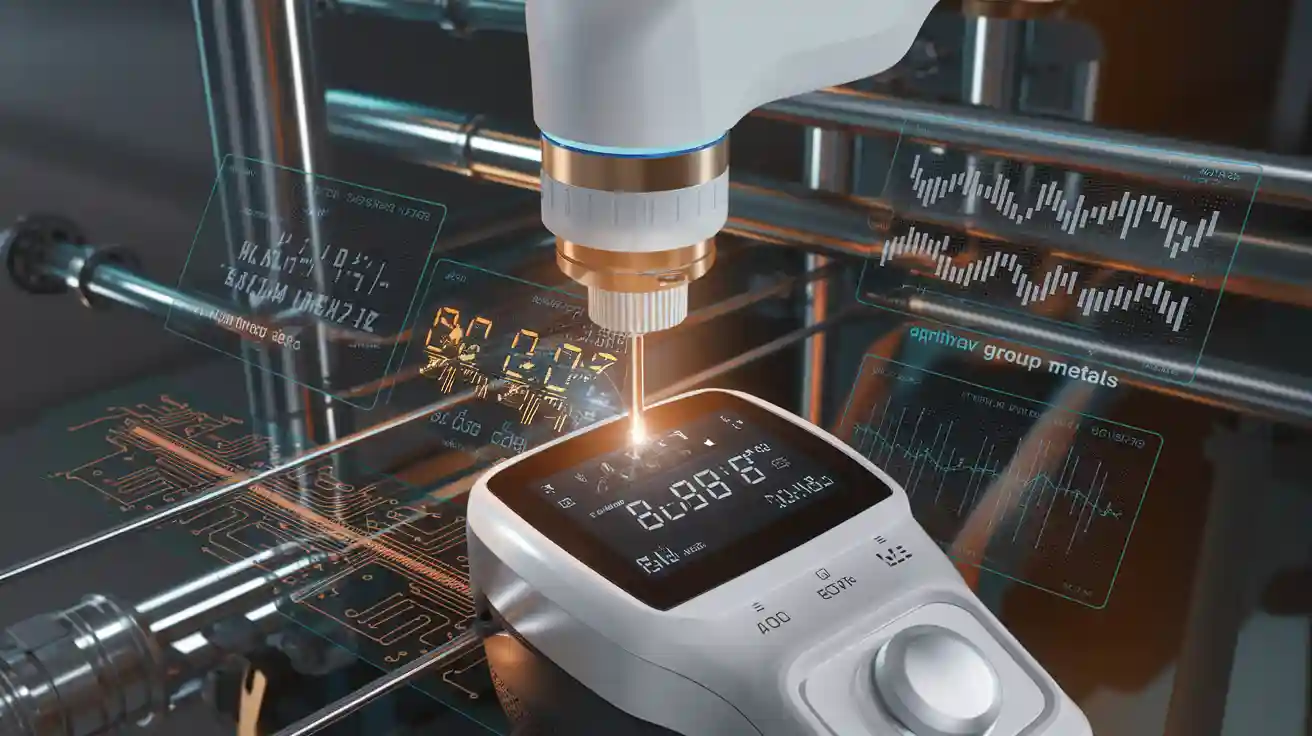
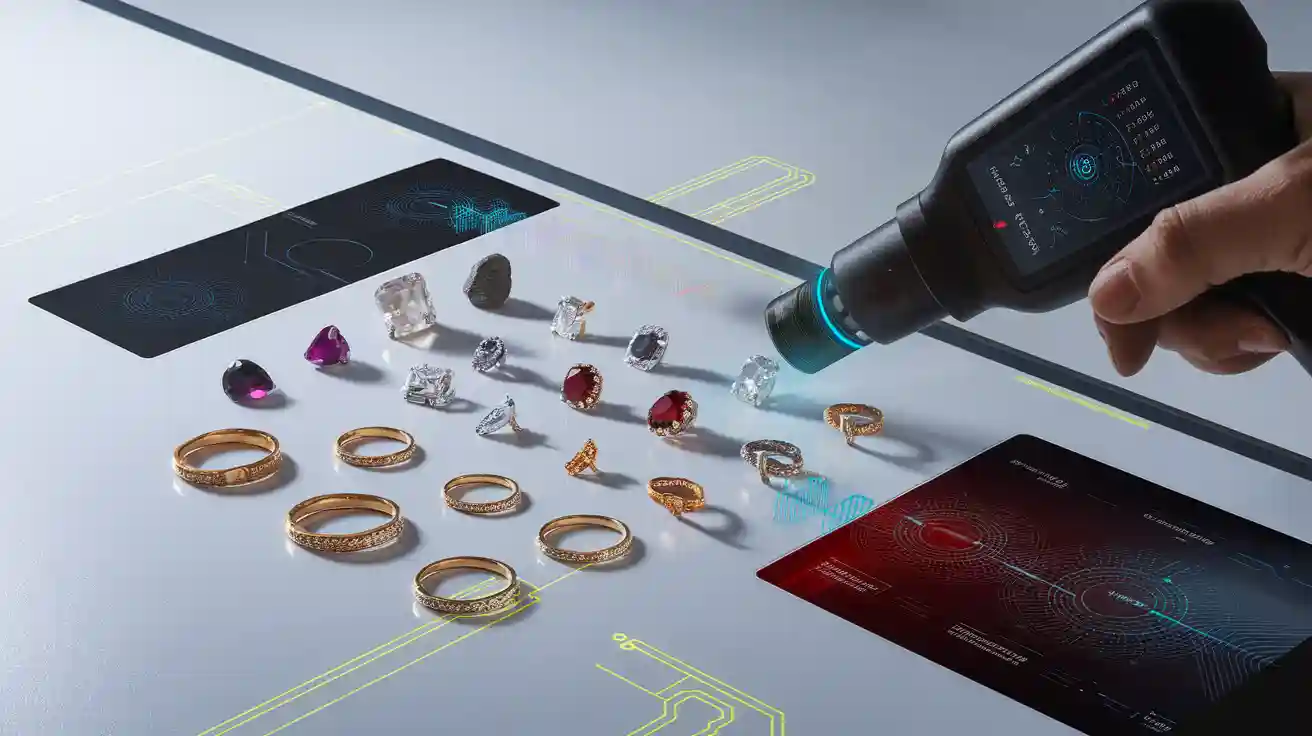

WhatsApp
Scan the QR Code to start a WhatsApp chat with us.